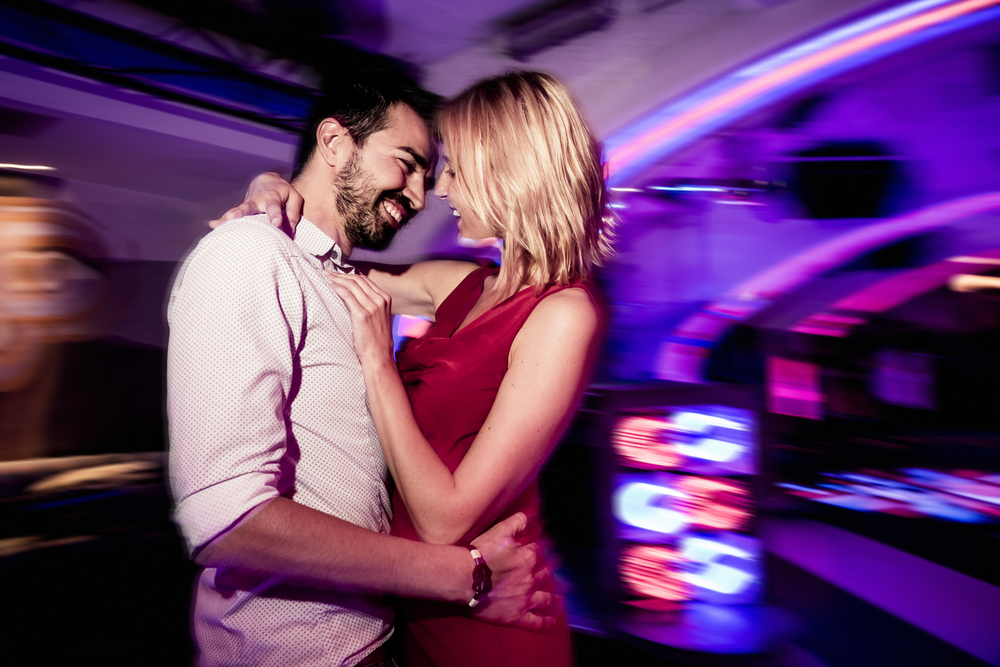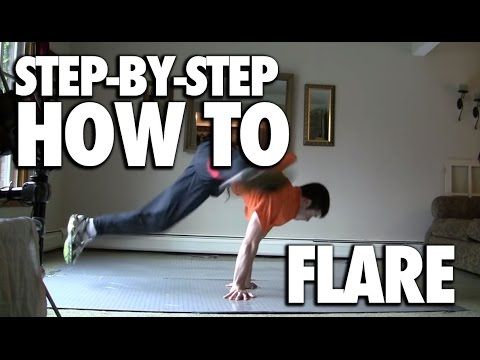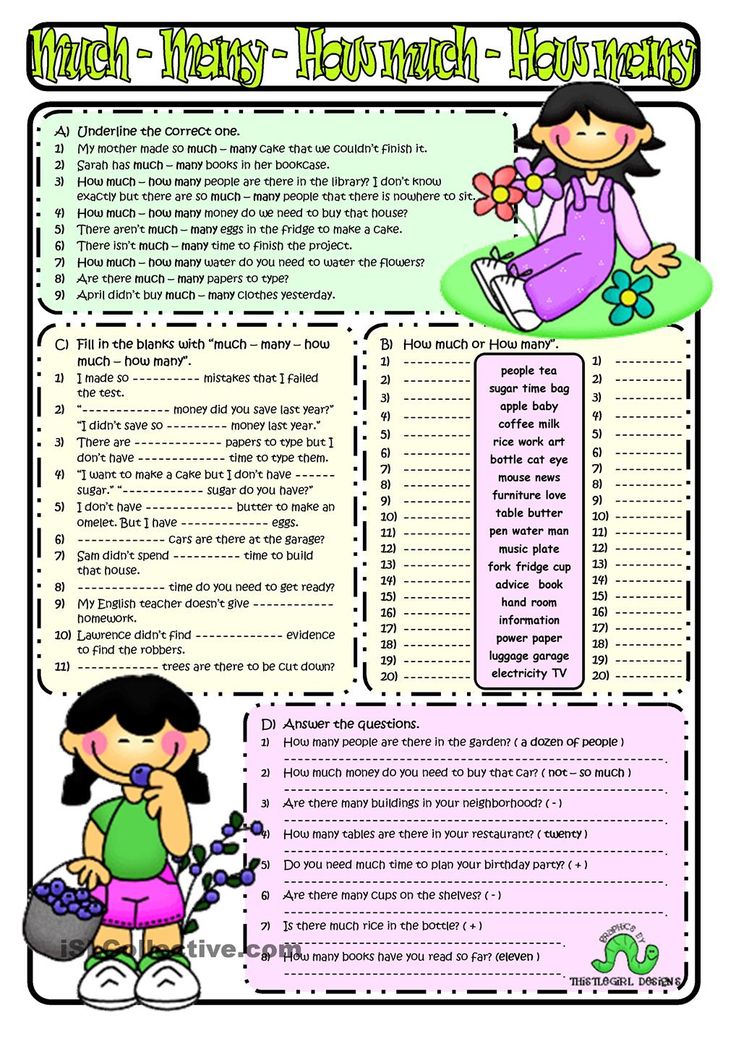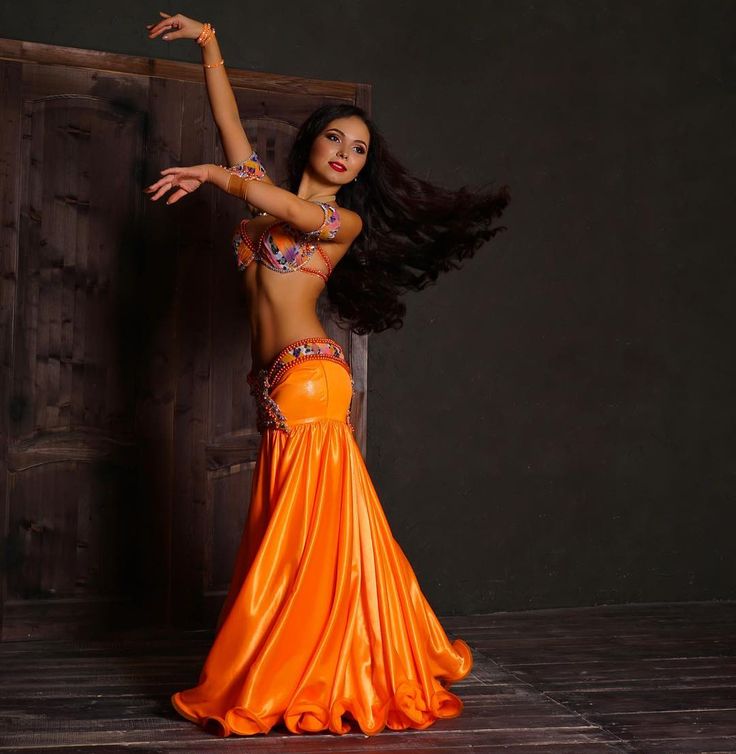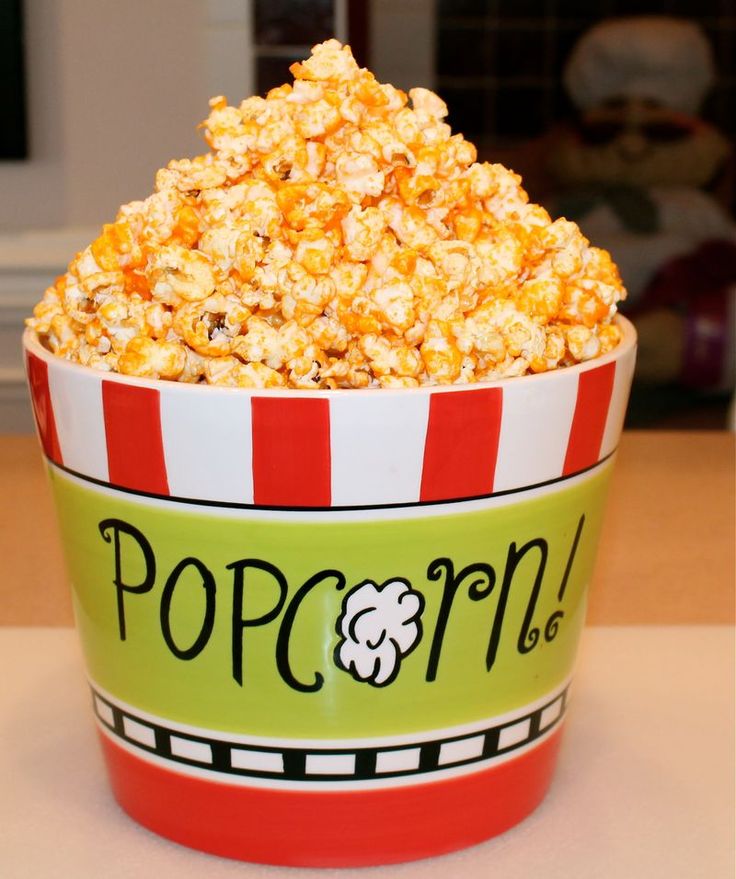How many types of dance are there
28 Different Types Of Dance From Around The World
Dance has been part of our culture for thousands of years. There are many forms of dance performed all over the world today, from ballet to ballroom and salsa to street. Most of the dancing we now see is about recreation and self-expression, and it’s also an enjoyable way for people of all ages, shapes and sizes to stay fit and healthy.
International Dance Day is celebrated on 29th April every year on the birthday of Jean-Georges Noverre, the creator of modern ballet. The intention of the International Dance Day Message is to celebrate dance, revel in the universality of this art form, cross all political, cultural and ethnic barriers, and bring people together with a common language - dance. This article will explore the different types of dance, with a look at how they’ve evolved into the well-known dance genres we know today.
What role does dance play in our society?
Dance has always been a part of human culture, rituals and celebrations. It’s an amazing art form that promotes creativity, as well as healthy minds and bodies. There are three main roles of dance in society today. These include:
- Ceremonial dance: These are dances created or performed for rituals or celebrations. Ceremonial dance is used all over the world for worship, or to celebrate life events. The unique British tradition of Morris dancing, for example, is performed at seasonal festivals and holidays to banish the dark of winter, celebrate the warmth and fertility of summer, and bring in autumn's golden harvest. The category of ceremonial dance also includes classical Indian dances, war dance, corroboree, Căluşari, and dances of Native American and West African culture.
- Dance for recreation: This is any form of dance that is for entertainment, fitness or fun. Also known as social dancing, it uses dance without too much structure, as a way to let loose and express your own individual personality. The goal is for dancers to focus less on form and technique and more on the joy they feel from dancing.
 Examples of recreational dance include ballroom, line dancing, aerobic dance, or dance as a hobby.
Examples of recreational dance include ballroom, line dancing, aerobic dance, or dance as a hobby. - Artistic expression: This is dance created with the intent to express or communicate emotion, feelings and ideas. It’s usually performed in a concert or theatrical setting to an audience, and includes forms such as ballet, tap dance and modern dance. It uses rhythmic, partterened, or improvised body movement, and it’s one of the oldest art forms found in every culture around the world.
Dance is the same in any language. It’s a way to express yourself through non-verbal communication; through facial expressions, posture and body language. This makes dance a truly universal art form which is used to tell stories and share ideas. It breaks down language barriers and open doors for communication across different cultures.
What are the health benefits of dancing?
Dancing is a great way to get fit and stay healthy. People of any age and ability can use dance to improve fitness, muscle tone, strength and endurance, and it’s a great way to make new friends too. Here are some of the physical and mental benefits that can be associated with dancing:
Here are some of the physical and mental benefits that can be associated with dancing:
- Healthier heart and lungs
- Improved muscle tone and strength
- Increased endurance and aerobic fitness
- Better coordination, agility and flexibility
- Improved balance and spatial awareness
- Stronger bones and reduced risk of osteoporosis
- Greater self-confidence and self-esteem
- Weight management
- Better social skills
Dance can also help to increase circulation, decrease blood pressure, reduce stress, and it can also help develop gross motor skills in children.
What are the different types of dance?
There are many many different types of dance which are performed all over the world. Over the years, different dances have changed, merged and evolved to create the genres we know today. And each genre can be broken down into further subgenres. Let’s take a look at where some of the most popular types of dance originated, and how each plays a part in modern culture.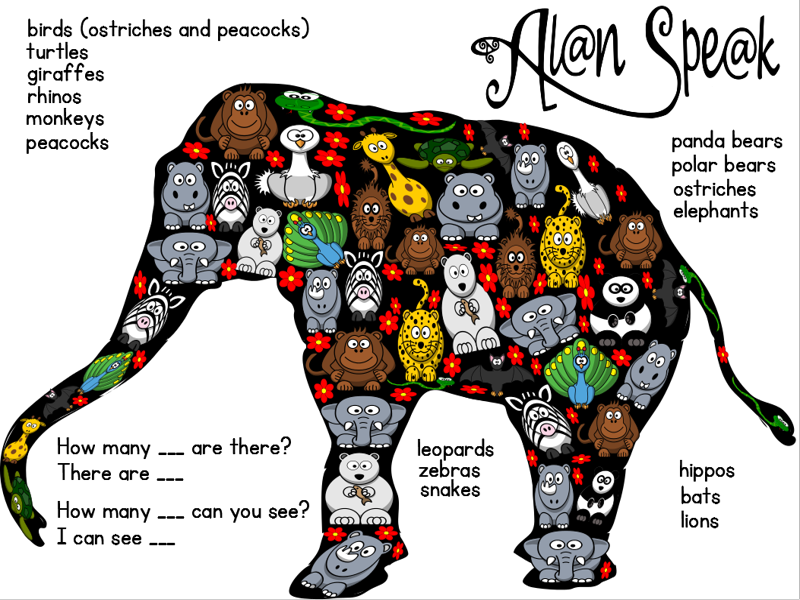
Originating in 16th century France, ballroom dancing is the name given to a set of partner dances, which are enjoyed both socially and competitively around the world. The term ballroom comes from the Latin and Italian words, “ballare” and “room,” which referred to the dance hall. Subsequently, the word “ballroom” came to refer to both the hall and the activity.
In 1650, the Minuet was introduced to Paris, set to music by composer Jean-Baptiste Lully. It was danced by King Louis XIV in public, and so the Minuet dominated the ballroom until the end of the 18th century. Ballroom dance was introduced in England as German waltz in 1812, and it became popular with the upper and elite classes of society in balls and parties. Ballroom dancing flourished in the 20th century along with the jazz era and big band. In 1995, ballroom dancing became an Olympic sport, encouraging many people to enter into dancesport. And a number of well-known television shows have helped to introduce the genre to a new generation.
Different types of ballroom dance include:
1. WaltzA slow and graceful partner dance introduced in the mid-19th century, it was greatly popularised by the music of famous composer Johann Strauss. Today, the waltz is the most famous dance in ballrooms around the world.
2. Viennese WaltzThis is the name given to the original form of waltz, first performed at the Italian courts. It’s much faster than the more famous “English Slow Waltz”, and it was the first genre of dance to introduce “closed hold” between performers.
3. Cha-ChaThis incredibly rhythmic dance is of Cuban origin, and it is danced to the music of the same name, introduced by Cuban composer and violinist Enrique Jorrin in the early 1950’s. The name comes from the shuffling sound of the dancers’ feet when they dance two consecutive quick steps that characterise the dance.
4. TangoOriginating in the 1880’s along the Río de la Plata—the natural border between Argentina and Uruguay—tango is a partner dance which was born in the poverty-stricken port areas, in neighbourhoods which had predominantly African descendants.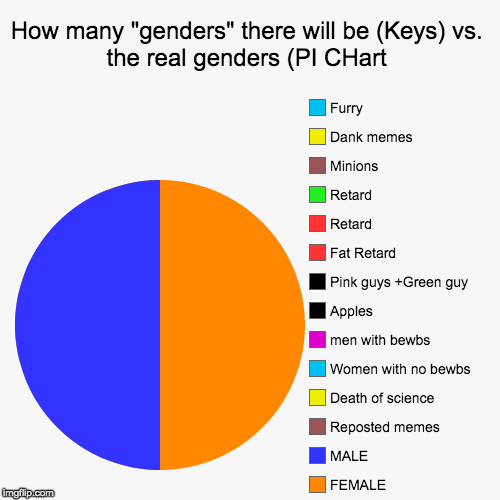 Today, it’s recognised for its sensual and energetic style.
Today, it’s recognised for its sensual and energetic style.
Since its creation in the 1930’s, many types of rumba have been created, most famously Cuban Rumba, Catalan Rumba, Flamenco Rumba and African Rumba. The dance focuses on sensual hip movements, and when it came to England, the anglicised spelling "rhumba" became widely used to distinguish this ballroom dance from traditional Cuban rumba.
6. MamboThis up-tempo dance appeared in Cuba in the late 1930’s, accompanied by the music of the same name. And by 1950 it had taken the Latin dance world by storm, replacing rumba in the United States, as the most fashionable Latin Dance.
7. SambaDeveloped in the 1950’s, samba is a famous dance and musical genre that emerged when people were transported to Brazil from Africa to work as slaves in the mines and sugar plantations. They brought aspects of their musical culture with them. Today, the infectious rhythm of samba is regarded as the national dance of Brazil.
One of the most popular Latin dances, and one of the liveliest, the jive consists of lots of hip rocking and knee movements. The dance style originated in the United States from African-Americans in the early 1930’s, and its official ballroom variation was formalized in the 90’s.
9. QuickstepLight-hearted and fast-paced, the quickstep is one of the most popular ballroom dances around the world today. This powerful dance style was originally developed in the 1920’s in New York City and was first danced by Caribbean and African dancers. Its origins are a combination of slow foxtrot combined with the Charleston, and the glamorous version that is dance today was standardised in 1927.
Professional Performance Dance
Also known as theatre dance, performance dance is usually choreographed and performed to set music. It’s generally performed for an audience in a theatre setting, and it was first introduced in the early years of Italian Renaissance when music, dance, arts and poetry started to rise in popularity.
Refined by the efforts of France and Russia, ballet became the premier technical concert dance in the 1500’s, and it’s considered one of the most complicated and most admired dances of all time. But up until 1681, women were not allowed to perform in ballet. Instead, men would dress up to take on female roles until Marie Camargo became the first woman to dance in a ballet. In more recent times, many other professional dances came to be, including Contemporary dance, Concert dance and Modern dance, though ballet remains the most popular for its heritage, complexity and how physically demanding it is.
Different types of professional performance dance include:
10. BalletOne of the most technical and famous of all performance dances, ballet is popular all around the world. It was originally created in 15th century Renaissance Italy, but it soon became popular in countries such as France and Russia. There are four different types of ballet taught and performed around the world today. These include: Classical, Neoclassical, Contemporary and Romantic, the most widely known and performed ballet style.
These include: Classical, Neoclassical, Contemporary and Romantic, the most widely known and performed ballet style.
Soles and fabric are the most important factors when picking your ballet demi-pointes. Check out our advice to pick the right pair for you.
11. Contemporary DanceThis highly complicated type of modern performance dance originated in the mid-20th century, taking elements of classical dance styles (such as ballet), modern styles and jazz dance. Contemporary dance often combines the strong, controlled legwork of ballet, with floor work, and improvisation characteristics of modern dance.
12. Modern DanceThis influential performance dance emerged as a reaction against the classical ballet and its movement style. Developed in the late 19th and early 20th century, modern dance evolved into a popular free dance style that includes elements of performance art, release technique and improvisation.
African-American and Traditional Jazz DanceJazz dance is a performance dance technique and style that first became popular in the United States in the early 1900’s, though the origin of jazz dance can be traced to African rituals and celebratory dances from around the 17th century.
In 1917, jazz pianist Spencer Williams wrote a song called "Shim-Me-Sha-Wabble" which inspired a jazz dance called the shimmy. The shimmy is done by holding the body still, with the shoulders quickly alternating back and forth. The dances that emerged during this period were the Charleston and the Lindy hop. The Charleston is characterized by its “toes-in, heels-out twisting steps", and the Lindy Hop was a wild and spontaneous partner dance.
When the Great Depression began in 1929, people turned to dance as a way to have fun, with little to no cost. Swing dancing became the most popular style of dance in 1930’s and 1940’s America, and today, swing dancing styles are the foundation of many other dance styles including disco, country line dancing, and hip-hop.
Different types of jazz dance include:
13. CharlestonThis extremely popular dance type is named after the harbour city of Charleston, South Carolina. The rhythm was popularized in mainstream dance music in the United States by a 1923 tune called "The Charleston" by composer/pianist James P. Johnson, and it became one of the most popular hits of the decade. ‘Scandalous’ men and women shed the stuffy etiquette of their parents’ generation and wanted to flap their arms, kick up their heels and let loose – hence the term ‘flappers’.
Johnson, and it became one of the most popular hits of the decade. ‘Scandalous’ men and women shed the stuffy etiquette of their parents’ generation and wanted to flap their arms, kick up their heels and let loose – hence the term ‘flappers’.
This popular style of dance originated in the United States in the early 19th century. Slave owners took away traditional African percussion instruments, so slaves turned to percussive dancing to express themselves and retain their cultural identities. From the 1930’s, tap dance sequences became a staple of movies and television, with tap stars including Shirley Temple, Gene Kelly, and Fred Astaire, who was famous for combining tap with ballroom dance.
15. SwingA form of jazz, swing developed in the United States in the 1920’s. Hundreds of styles of swing dancing were developed, with the best-known of these dances being the Lindy Hop, which originated in Harlem in the early 1930’s. While the majority of swing dances began in African-American communities, some swing-era dances, like Balboa, developed outside of these communities.
While the majority of swing dances began in African-American communities, some swing-era dances, like Balboa, developed outside of these communities.
A playful and improvised partner dance, Boogie-woogie is commonly fasted paced, high energy and is famous for its spectacular footwork. A form of swing dance, it became widely popular during the 1930’s. The step variation for boogie dance is a combination of six and eight count with sharp, quick movements.
17. DiscoDisco dance emerged during the 1970’s, with dances like Bump, Hustle, Robot, Boogaloo and Watergate, reaching its popularity peak with the release of the blockbuster film "Saturday Night Fever." Latin dances such as the samba, cha cha, and tango inspired many of the popular disco moves. It’s said that disco music has since influenced electronic dance music and house music.
Looking for modern jazz shoes? Follow our expert's advice to find the right pair for you.
Latin dance has a rich cultural history rooted in the traditional dances of native peoples of Latin America. These dances were heavily influenced by European colonists and African slaves from as early as the 1500’s, developing into the well-known style of Latin dance we have today.
Latin dance originated in the traditional dances of Mexico, South America, Central America and the Caribbean. And like many cultures around the world, dance was essential in communal ritual life. They were performed during festivals and rituals as a symbolic representation of cultural beliefs. Native Latin dances were very structured and organised, often involving lots of dancers moving in intricate patterns. Traditional dances symbolised events, combat and movement of workers sowing and harvesting.
Today’s popular Latin dances were developed in various cities and countries, before being modified and formalised in the U.S. and Europe by professional musicians and dance companies. Salsa, for example, has deep roots in Cuba, Columbia and Puerto Rico. The cha cha, rumba and mambo are also of Cuban origin, and the bolero originated in Spain and Cuba, before spreading to the rest of Latin America.
Salsa, for example, has deep roots in Cuba, Columbia and Puerto Rico. The cha cha, rumba and mambo are also of Cuban origin, and the bolero originated in Spain and Cuba, before spreading to the rest of Latin America.
The origins of salsa date back to the 1900’s in Eastern Cuba, where musical elements and rhythms from various styles were combined. Cuban son and Afro-Cuban rumba used diverse musical instruments to create the basis of a rhythm that would later become known as salsa. This new rhythm was combined with American jazz and taken to New York by Cuban musicians. Today, there are two different types of salsa dance which are danced around the world: The Cuban ‘Casino’ style and the Los Angeles (L.A.) style.
19. FlamencoThis famous Spanish dance originated from the region of Andalusia almost 500 years ago, though it wasn’t given its name until the 18th century. It is a diverse dance that mixes different cultural influences such as Islamic, Andalucian, gypsy, Sephardic and Arabic.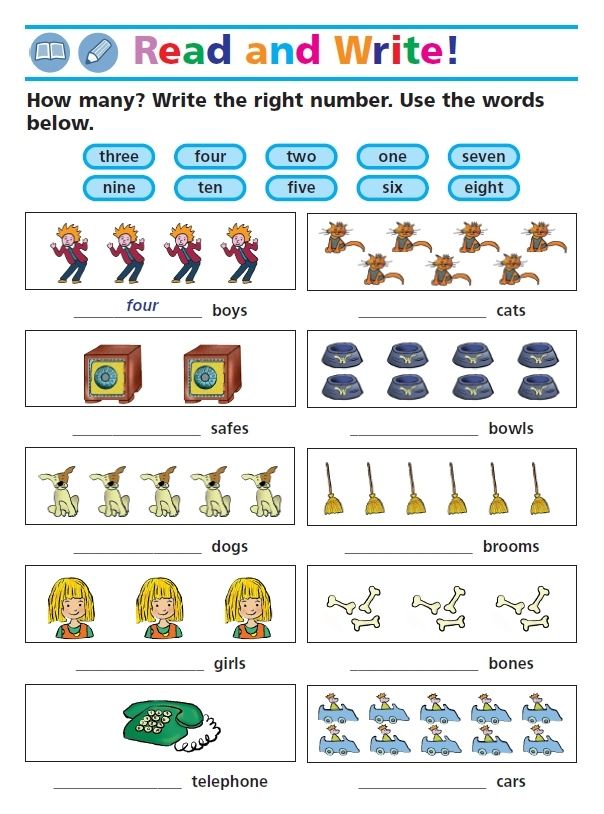 Its passionate and energetic fusion of singing, guitar playing, dance and handclaps has made it famous across the world.
Its passionate and energetic fusion of singing, guitar playing, dance and handclaps has made it famous across the world.
This well-known partner dance originated from Para, Brazil, and became internationally popular in the 1980’s. It fuses aspects of forró, salsa, merengue, maxixe and the carimbó into a passionate dance style. It has a slow-quick-quick rhythm, and it’s distinguished from other forms of Latin dance through the wave-like motion of the dancers’ bodies, which gives the dance its name: Lambada is a Portuguese word referring to the wave-like motion of a whip.
21. PolkaOriginally a Czech peasant dance, polka is derived from the Czech phrase for ‘half-step’, which refers to the dance pattern of stepping from one foot to the other. The polka dance was first introduced to Prague ballrooms in 1835, and to Paris ballrooms in 1840. It grew wildly popular, reaching England and the United States by the late 1840’s. Polish American immigrants adopted the polka as their national dance In the 20th century, and today, polka is one of the few dances that originated during the 19th century that is still popular worldwide.
The first belly dancers were a group of traveling dancers known as the ghawazee. These women were considered gypsies in Egypt in the 18th century, and were banished from Cairo during the 1830’s. They went on to perform in Upper Egypt, in the Middle East and Europe. The raqs sharqi genre of belly dancing began to develop through the 1900’s, adopting elements from folk dance styles, ballet, Latin dance, and even American marching bands. Belly dancing gained popularity in the United States in the 1960’s during a time when more women were becoming free spirits.
23. Country/Western DancesThe country dance style is a social dance that is closely associated with American country and its Western traditions. It encompasses many forms and styles of dance that can be performed to country-western music. Western group dances include popular line dancing and square dancing.
Western group dances include popular line dancing and square dancing.
Popular all around the world in hundreds of unique variations and styles, folk dances represent cultural heritage and ethnic history of people who live in a certain region or country. They are usually performed at dance gatherings with the accompaniment of traditional music of the region.
25. BollywoodBollywood dance originated in India in the 20th century. It’s characterized by elaborate choreographies, energetic movements, and dances that involve a large number of participants. Initially, Bollywood dancing was only common and popular in areas that watched Indian films, but today, Bollywood is celebrated all over the world.
Hip-hop & Funk DanceHip-hop dance began in New York City in the late 1960’s, and was inspired by the movements of African dancing. It flourished as a new style of dance performed on the street, combining aspects of modern dance, tap and swing.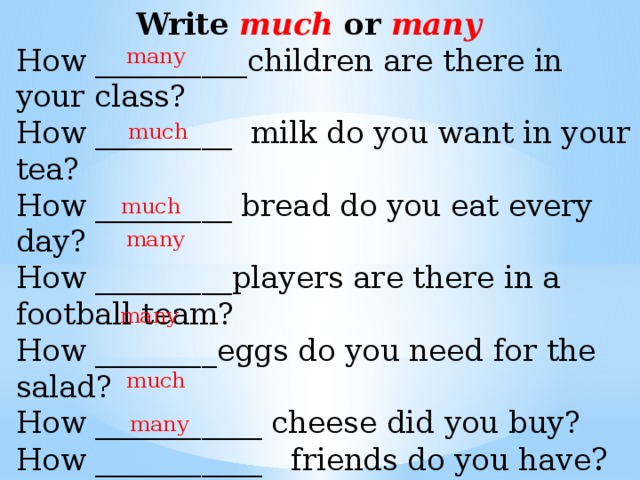 It’s most commonly performed to hip-hop music, and includes a variety of freestyle movements, though it’s three main styles of breaking (of the East Coast), popping and locking (of the West Coast) have led to hip-hop evolving into the highly sought-after and dominant style of dance it is today.
It’s most commonly performed to hip-hop music, and includes a variety of freestyle movements, though it’s three main styles of breaking (of the East Coast), popping and locking (of the West Coast) have led to hip-hop evolving into the highly sought-after and dominant style of dance it is today.
A very similar style called Funk was also created during the 1970’s, and is today regarded as one of the most influential pieces of hip-hop dance styles. Funk styles were created in California, and they are called funk style because they were originally danced to funk music. This differentiates them from breaking, which is traditionally danced to break beats.
Different types of hip-hop dance include:
26. BreakdanceOne of the most athletic dances in the world, breakdancing became popular in the 1970’s as a street dance in New York. Since then, it has spread all around the world where it’s viewed as one of the most unique dance styles ever made. Usually danced solo, dancers perform a series of either choreographed or freeform dance and athletic movements alongside breakbeat, hip-hop or funk music.
Funk dance is incredibly diverse, and one of its famous variations is ‘locking’. This style of hip-hop dance sees the dancer suddenly stop and hold the position (or get locked) in the middle of dance routines, and then suddenly resume the dance. It requires full body motion, but most of the dance is focused on the top half of the body.
28. PoppingAnother popular funk dance style, ‘popping’ requires dancers to master controlled and quick contrasting and relaxing of muscles that create the feeling of a jerk throughout the body. This jerk is referred to as ‘pop’ or ‘hit’ and can be used to create dance routines and movements.
How can I get started with dancing?
Feeling inspired? There are lots of places where you can enjoy dancing; at dance schools, social venues, or even in your own home. Dancing is a popular way to get fit, and dance-based classes are now available in most fitness clubs and gyms. Dancing can be done both socially and competitively. And it can be practised individually, with a partner or in groups.
And it can be practised individually, with a partner or in groups.
Anyone of any age can take up dancing, so to get started, simply search online for a dance class near you. Or try a few online videos to get a feel for what sort of dance style you like the look of.
10 Most Popular Types of Dance
Dance has been a part of human culture since the very earliest communities and civilisations, with recorded evidence of dancing being found dating back to 30,000 years ago.
Since then, different dances have changed, merged and evolved into what we know today as the most well-known dance genres.
Here is a list of the most popular types of dance:
1. Ballet
2. Ballroom
3. Contemporary
4. Hip Hop
5. Jazz
6. Tap Dance
7. Folk Dance
8. Irish Dance
9. Modern Dance
10. Swing Dance
Ballet
Ballet dance developed during the Italian Renaissance, before evolving in France and Russia into a concert dance meant for public performance. This is in the form of a ballet, in which the dance is choreographed with classical music.
This is in the form of a ballet, in which the dance is choreographed with classical music.
Ballet productions vary between using elaborate costumes and staging and using minimal costuming and bare staging.
Ballet is now a widespread, highly technical form of dance with many subgenres including classic, romantic, neoclassical and contemporary.
With six core recognised methods: the Cecchetti method, the Bournoville method, the Vaganova method, the French School, the Royal Academy of Dance method and the Balanchine method, ballet is studied professionally at top dance schools all over the world.
Harlequin Floors have developed a range of specialist ballet dance floors providing enough traction to prevent injury while still allowing for fluid movements demanded by ballet dancing. Harlequin Cascade is one of our most popular ballet dance floors and can be laid over many of our sprung floors.
Harlequin Floors also offer professional ballet barres available as either permanent wall mounted, floor mounted or freestanding barres.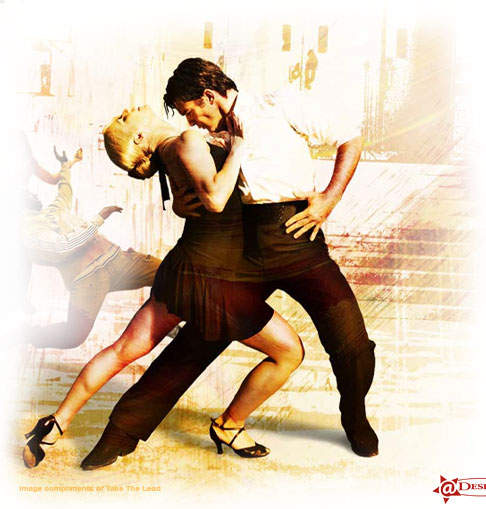
Ballroom
Ballroom dance is a type of partner dance originating at the end of the sixteenth century in France. Commonly used as shorthand for any partner dance, ballroom has today evolved into two main subgenres – standard/smooth and Latin/rhythm.
Dances within these categories include the waltz, tango and foxtrot, and pasodoble, bolero and samba.
Ballroom is a popular form of competitive dance, or dancesport, with competitions being held all over the world.
With several sub-categories to ballroom dancing, dancers require a versatile floor. Harlequin Fiesta and our specially crafted Harlequin Liberty Ballroom dance floor offer an excellent versatile dance floor for all styles of ballroom dance.
Harlequin Liberty Ballroom is the used by the BBC’s ‘Strictly Come Dancing’ and Professional World Ballroom Dance Champion, Christopher Hawkins.
Dance Against Dementia | Night of 100 Stars on Harlequin Liberty BallroomContemporary
Developed during the mid-twentieth century, contemporary dance is now one of the most popular and technical forms of dance studied and performed professionally, especially in the US and Europe.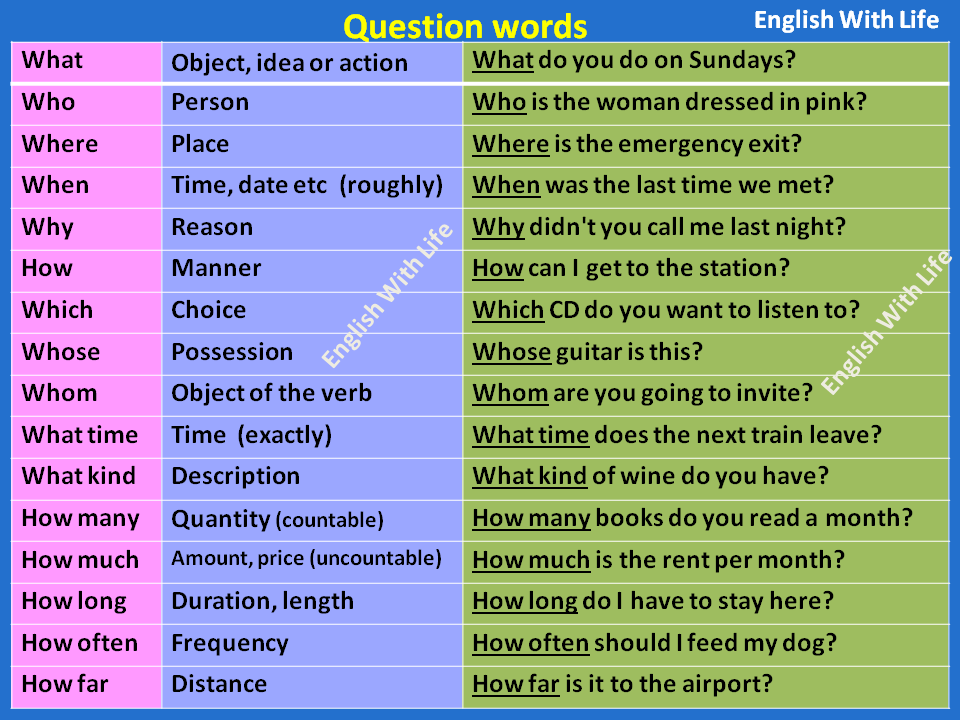
Drawing on classical, modern and jazz dance styles, contemporary dance has evolved to incorporate many characteristics of a broader range of dance forms.
Known for its emphasis on strong torso and legwork, contract and release, fall and recovery and floor work, it is often known for unpredictable and disordered changes in speed and rhythm throughout a performance.
Contemporary dancers therefore require a shock-absorbing surface to protect their feet, legs and ankles from rapid movements and changes in rhythm. Harlequin’s innovative ‘triple sandwich’ Harlequin Activity sprung floor can be paired with several of our vinyl dance floors, to create the ideal surface for contemporary dance.
Rosie Kay on Harlequin Hi-ShineHip-Hop
Hip-hop dancing refers to a range of street dances that developed in relation to hip hop music and culture. Hip-hop dancing dates back to the early 1970s in New York and California, evolving out of Funk and the development of break beat.
Main styles of hip-hop dancing include Breaking, Locking and Popping, with derivative styles emerging out of these including Memphis Jookin’, Turfing, Jerkin’ and Krumping. These were often popularised and made mainstream after being featured in music videos of the time.
Today, hip-hop is performed in outdoor spaces, in dance studios and competitively.
Unlike many competitive dance styles, hip-hop is often improvisational with dance crews challenging each other to dance battles.
At Harlequin Floors we have created Harlequin Freestyle, a specialist dance floor designed specifically to meet the unique demands of Hip Hop and other street dance styles.
Da Rookies on Harlequin FreeStyleJazz
Jazz dancing has its roots in seventeenth-century African traditions, brought to the Americas via the Atlantic slave trade as slaves continued dancing traditions in Brazil, the US and elsewhere on the continents.
Known for its improvisational and dramatic body movements, the jazz dancing grew in popularity in early twentieth-century jazz clubs.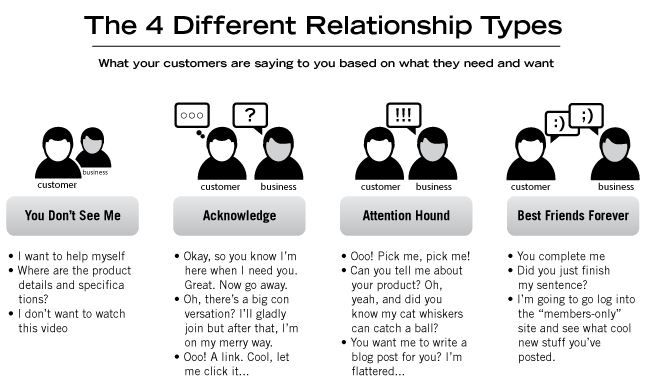
Today, jazz dancing builds on African American vernacular dance styles that emerged along with Jazz music in the US. Swing, the Lindy Hop, the Shimmy and the Charleston are popular kinds of jazz dances.
For your Jazz dancers, our range of vinyl floors including Harlequin Studio and Harlequin Allegro offer ideal surfaces for practice and performance.
Jazz Dance
Tap Dancing
Tap dancing is a type of percussive dance characterised by the “tap” of shoes hitting the floor as the person dances. Tap dancers often wear metal “taps” on the heel and toe of a shoe to accentuate the sound.
Often performed as part of musical theatre, tap dancing often focuses on choreography and formations, with more than one tap dancer performing at once.
Tap dancing characterises a range of dances including flamenco, rhythm, classical, broadway and postmodern tap.
As a percussive dance style, tap dancers are looking to achieve a crisp, hollow sound to accentuate their performance. This unique characteristic of tap dancing requires a specialist floor for optimal performance. Harlequin Fiesta is an excellent choice of tap dance flooring for your dance studio or performance space. Lay over a sprung flooring system such as Harlequin Liberty to protect your dancer’s joints and allow them to perform with complete confidence.
Folk Dance
Folk dancing is celebrated worldwide with people of different cultures and religions using various forms of folk dance to portray emotions, stories, historical events or even aspects of daily life.
Some well known types of folk dance include: Bharatanatyam (India), Samba (Brazil) and Hula (Hawaii). Some cultures may even perform multiple variations of folk dances, with countries like South Korea performing individual dances for key events such as victories in war, farming, music and religion.
Folk dances are commonly held at public events, where people can participate regardless of whether they are professional or complete beginners. Such dances are also accompanied by traditional music to further enhance the cultural experience.
Our range of portable performance floors and dance floor hire services are excellent for folk dances held at all types of public venues and events.
Folk DanceIrish Dance
Originating in Ireland, this form of traditional dance has been popular for hundreds of years amongst Irish people and other countries worldwide. Popularised by shows such as Riverdance, Irish dancing is famously known for its fabulous display of footwork and dance formations.
Most Irish dancing events are traditionally accompanied by signing and music. During festivals, dances are held to showcase talent and to compete for trophies or medals.
Whilst most people may recognise Irish dancing as being a group performance, there are many well-known forms of solo Irish dances, such as the stepdance.
For Irish dance floors for your studio or performance space, consider our range of specialist sprung dance floors. Couple with a Harlequin vinyl floor such as Harlequin Standfast to create an excellent quality floor for your Irish dancers.
Couple with a Harlequin vinyl floor such as Harlequin Standfast to create an excellent quality floor for your Irish dancers.
Modern Dance
Considered as being a broad genre of dance, modern dance primarily arose from western countries such as the USA and Germany during the late 1900s. While most forms of dance are structured and feature set steps, the purpose of modern dance is to rely on the dancer’s interpretation of the music and feeling to guide movements.
Modern dance was initially born out of dislike for the limitations of traditional dances such as ballet, which often oppressed dancers with rigid rules and techniques.
Currently, modern dance is enjoyed across the world with participants having the ability to practice ballet dancing without having to place strict focus on their techniques or turnout. Instead, dancers can choose a piece of music and use unconventional movements to convey emotions or to tell a meaningful story.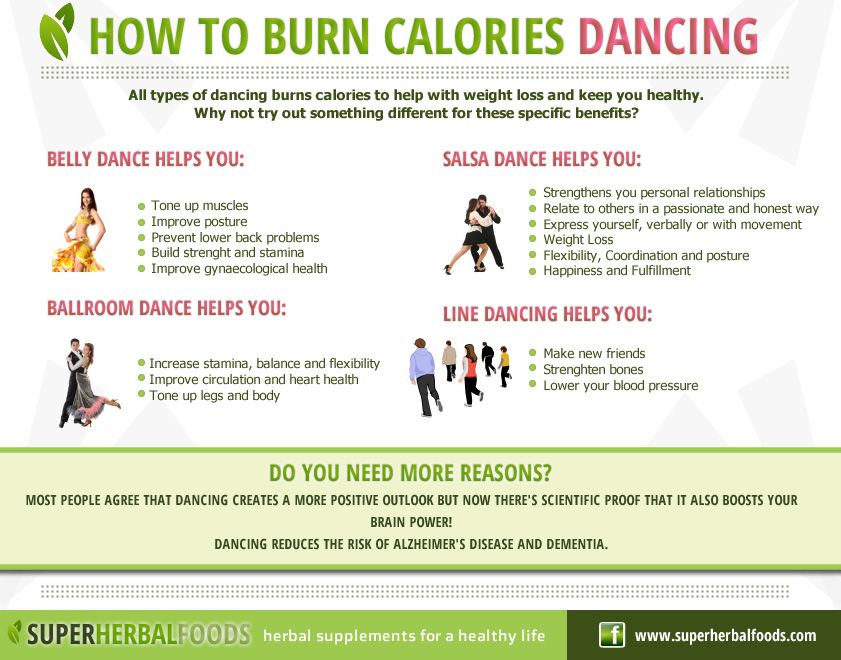
Inject even more creativity into your performance with Harlequin’s printed vinyl performance floors. Print bespoke designs inspired by your choreography or choose from one of our standard patterns.
Due to the multidisciplinary nature and freedom of modern dance, dancers will also feel at home on many of Harlequin’s vinyl dance floors.
Royal Academy of Dance on Harlequin CascadeSwing
Swing is a variation of jazz dance which developed between the 1920s to the 1940s as a response to the growing popularity of swing jazz in America. With the evolution of music that occurred during the Jazz era, dance also began to change with the likes of swing music encouraging faster, more rigorous movements.
Popular forms of swing dance include the Lindy Charleston, the Jitterbug, Lindy Hop and the Balboa, many of which are still performed today. Swing dancing would commonly be accompanied by Big Band musicians who often played upbeat melodies which were smooth and easy to listen.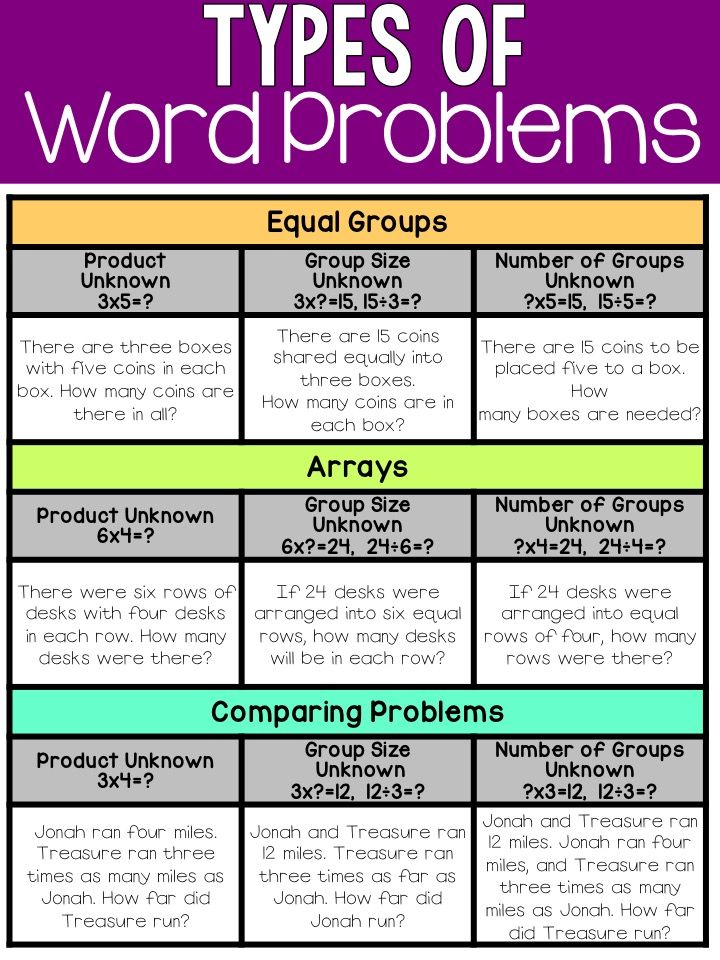
Swing dancers will feel at home on our range of vinyl dance floors. Similar to Jazz, Swing dancers can create beautiful performances on Harlequin’s range of vinyl floors such as Harlequin Reversible Pro with a high performance slip-resistant surface to protect your dancers.
Swing DanceFrom home dance practice equipment to portable ballet barres, Harlequin Floors offer a range of professional products perfect for use at home or in the studio – no matter your dance style. Our expert technical teams also offer a dance floor installation service for your Harlequin floor to ensure they are correctly fitted and fully compliant with safety standards.
Contact us online for more advice and information.
How many kinds of dances are there in the world?. Who is who in the world of art
How many types of dances are there in the world?. Who's Who in the Art WorldWikiReading
Who is who in the world of art
Sitnikov Vitaly Pavlovich
Contents
How many kinds of dances are there in the world?
Dancing has existed since the very first steps of mankind. Primitive people in dances depicted the forces of nature, they gave dances magical power. There were also military and hunting dances, wedding and funeral dances. nine0003
Primitive people in dances depicted the forces of nature, they gave dances magical power. There were also military and hunting dances, wedding and funeral dances. nine0003
They danced in the temples of ancient Egypt and in Greece. It was the Greeks, who admired dance as an art form, who developed it to such an extent that dance ceased to be part of religious ceremonies, but became a source of entertainment. Dances became an integral part of all feasts and holidays among the Greeks. They danced in India and Spain, as well as in the countries of the East.
Later, the country where the art of dancing really began to develop was France.
There are many types of classical dances: the serious and unhurried dance of the court houses of England - the allemande, the intricate French dance - the courante, the majestic sarabande, the jig - the old dance of English sailors, the Norwegian peasant dance of the springar, the Polish polonaise, the Krakowiak, the mazurka and the polka. And, of course, everyone's favorite and ageless waltz. According to experts, there are now more than 250 types of different dances in the world. nine0003
And, of course, everyone's favorite and ageless waltz. According to experts, there are now more than 250 types of different dances in the world. nine0003
This text is an introductory fragment.
How many kinds of flies are there?
How many types of flies are there? The answer could be: "Only one kind - annoying!" In fact, all non-dangerous types of flies are very annoying, and there are about 40,000 species of flies in total! There is hardly such a corner of the world where they would not suffer from flies, although using chemical
How many types of caftans were worn in Rus'?
How many types of caftans were worn in Rus'? Many types of clothing existed, as it were, in two varieties, depending on the social environment, belonging either to the upper or lower class. Caftans appeared in Rus' during the Tatar-Mongol yoke. In those days they existed
Caftans appeared in Rus' during the Tatar-Mongol yoke. In those days they existed
How many types of insects are known? nine0024
How many types of insects are known? Today, about a million flying, jumping, crawling, relatively large and almost microscopically small species of insects have been recorded. But entomologists believe they are at least twice as many as 90,003
How many types of palm trees are there?
How many types of palm trees are there? Many of us consider the palm tree to be a purely ornamental tree. We have seen in pictures how these majestic trees line the streets in some cities or grow near tropical beaches. In fact, there are about four thousand different
How many varieties of apples are there in the world?
How many varieties of apples are there in the world? There are enough different varieties of apples in the world to satisfy any, even the most picky taste. There are more than 2,000 of them in England alone. If you look at the whole world, then there will be several times
There are more than 2,000 of them in England alone. If you look at the whole world, then there will be several times
How many species of insects are there on earth? nine0024
How many types of insects are there on earth? Do you know how many species of insects live on our planet? From 2 to 4 million different types! Scientists have described about 625,000 species of insects, and there is little hope that all existing species will ever be described
How many galaxies are there?
How many galaxies exist? Scattered throughout the universe, there are huge collections of stars called galaxies. Our Sun is a star in the Milky Way galaxy, which is made up of billions of stars. It takes about a hundred thousand years for the light from one end of our
How many types of climate are there?
How many types of climate are there? There are many different types of climate on Earth.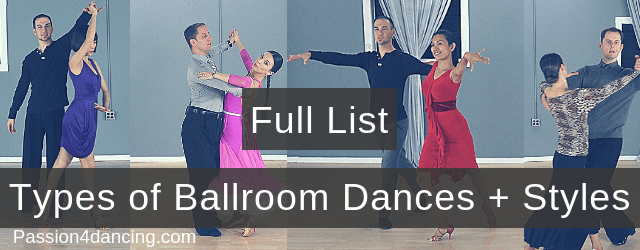 By the way, climate is a combination of readings of temperature, humidity, wind and sunlight in a certain place for a certain period. The climates of the world can be classified according to
By the way, climate is a combination of readings of temperature, humidity, wind and sunlight in a certain place for a certain period. The climates of the world can be classified according to
How many types of oranges are there?
nine0002 How many types of oranges are there? No one knows exactly where the birthplace of the orange is. Although now it is grown in all warm countries of the world, until recently it was not so widespread. The Greeks and Romans knew about the orange and it was probably brought from India inHow many religions are there?
How many religions are there? What is religion? The word "religion" can have so many meanings that it is almost impossible to describe them in a few words. But six qualities are inherent in most religions. Let's look at them briefly: 1. Faith in the power or powers of heaven is stronger,
How many species of fish live on the planet?
How many types of fish live on the planet? There were no people on earth when the first fish swam on the waters of the ocean. There were not even dinosaurs then, not to mention elephants or any other highly organized living creatures. The first vertebrate animal on earth was
There were not even dinosaurs then, not to mention elephants or any other highly organized living creatures. The first vertebrate animal on earth was
How many types of insects exist in nature? nine0024
How many types of insects exist in nature? What is the word "insect" associated with in the minds of most people? These are usually harmful insects such as flies, mosquitoes, moths and beetles. Or they think of ants, bees and wasps, and attractive insects like butterflies. A
How many species of bats exist in nature?
How many types of bats exist in nature? There are an unusually large number of different types of bats, about a thousand. They live in almost all corners of our earth, except for the polar regions. All types of bats differ in their habits depending on their habitat. And all
How many types of nails are there?
How many types of nails are there? Typically, nails are used to fasten pieces of wood together or to nail other materials to wood. Nails are hammered into the right place with a hammer and held in the tree by friction forces. Some nails are rough
Nails are hammered into the right place with a hammer and held in the tree by friction forces. Some nails are rough
Dance teacher
nine0002 Dance teacher (El maestro de danzar) Comedy (1593) Aldemaro, a young nobleman from a noble but impoverished family, arrives in the city of Tudela with his cousin Ricaredo for the wedding of Feliciana, the daughter of one of the most famous and wealthy citizens, and immediately falls in love withTypes of modern dances. Detailed overview with examples and description. Articles about the forms of dances. nine0001
Dancing is a beautiful, interesting and enjoyable pastime. Dancing liberates the body and soul, helps to keep oneself in proper physical shape, creates an interesting social circle of free and interesting people. Dance is inextricably linked with the inner emotional world of a person and is embodied in movements, figures, compositions.
